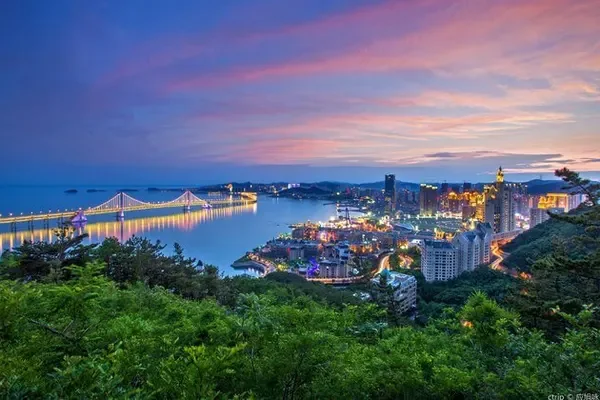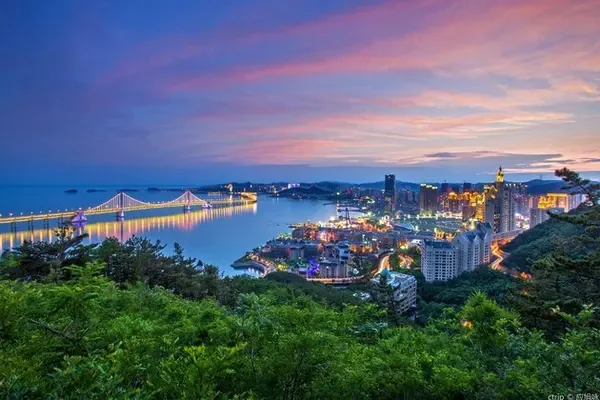Self-driving trip in southern Xinjiang


Day 1 Day 2 Kashgar Ancient City:
The Kashgar area includes ancient Shule (now Kashgar City, Shufu County, Shule County, and Jiashi County), Puli (now Taxkorgan), Shache, Yinai (now Yingjisha and Akto), Wu He Zhai (now the south of Taxkorgan), Xiye (now Yecheng) and other places. As the traffic hub of the ancient Silk Road, Kashgar is an international commercial port where Chinese and foreign businessmen gather; it is also the only national historical and cultural city in Xinjiang, which embodies the characteristics and essence of Uyghur folk customs, culture and art, architectural style and traditional economy. Living in Kashgar




















Depart Oytak in the morning of the third day,
It means "a depression in the mountains". The park scenic area is surrounded by mountains on three sides, steep mountains, ice peaks, surging rivers, virgin forests, alpine meadows, and alpine nomads. The scenic spot has beautiful scenery, which combines majestic, strange, elegant, secluded and dangerous, and integrates natural, humanistic, historical and ecological landscapes. Geologists at home and abroad call it "the first ecological landscape in the Western Regions".




Arrive at Baisha Lake Scenic Area at noon,
It is about 2.5 kilometers away from the Sino-Kazakh border in the northwest and is connected by roads. It is about 650 meters above sea level, and its water area is 0.5 square kilometers. It is a small desert lake surrounded by sand dunes. The cold climate in the continental northern temperate zone is characterized by unknown seasons, dry and windy spring, short and hot summer, cool autumn and long and cold winter; dry air, low rainfall and large evaporation; abundant sunshine and large temperature difference.










Arrive at Karakule Lake in the afternoon,
It is about 160 kilometers away from Akto County, with an altitude of 3,600 meters, an area of 10 square kilometers, and a water depth of more than 30 meters. Because of the deep and dark water of the lake, it is named "Kalakul" (Kirgiz means black lake). There are many grasses and birds in Karakul Lake, the scenery is beautiful, and there are legends of water monsters, which add a bit of charm to the scenic spot. The county seat of Zhuta County








On the 4th day, start the Panlong Ancient Road:
It is located in Waqia Township, Taxkorgan Tajik Autonomous County (Taxian County), Xinjiang.
The total length is 75 kilometers, with more than 600 S curves;
Numerous bends of 180 degrees, or even 270 degrees, challenge the 72 turns of the Nujiang River, and the 24 turns of Qinglong on the Yunnan-Burma Highway.
The Panlong Ancient Road is like a huge swimming dragon, hovering on the Pamir Plateau at an altitude of about 4,100 meters.
The dark asphalt road is perfectly combined with the colored mountains. Return to Zhuta County



















On the 6th day, go to Hetian
At noon, go to Yecheng Sitia Lost City. The ruins are located in a slightly elevated area with a length of 1 km and a width of 1.5-2 km near the Sitia Valley of the People's Government of Locke Township, 11 kilometers east of Yecheng County, Kashgar Prefecture, Xinjiang.
"Sitia" is translated into Chinese as "the cliff of immortality". According to "Charming Leaf City", it was built at the end of the 11th century. Some people think it was the Khan City during the Karahan Dynasty. destroy. Live in Hotan at night










On the 7th day, depart for Alar,
First of all, drive 424 kilometers from Hotan to the Alar Desert Highway, take pictures while walking, and it will be done easily in seven or eight hours. The scenery of the desert is really unusual. There is often sand and dust, and the quicksand rolls onto the road. The visibility is less than 100 meters, and the passing vehicles have double flashing lights. After the strong wind, the sand dunes on both sides of the road continue to show their curvaceous beauty. The Populus euphratica that grows tenaciously on the sand dunes is the soul of the desert. It is said that Populus euphratica is a sacred thing that will not die for a thousand years, will not fall for a thousand years, and will not die for a thousand years, and lives in Alar
















On the 8th day, Alar came out,
When you arrive at the "Devil Forest", there is a saying: "You can live for a thousand years without dying, die for a thousand years without falling, and fall for a thousand years without dying." The "Devil Forest" located in Shaya County, southern Xinjiang, has always maintained a natural state that has not been disturbed by the outside world because it hides in the depths of the desert. We walked into the "Sea of Death" and looked for this "Devil's Forest". Arrive in Kuqa at night and stay in Kuqa








On the 9th day, go to Kuqa Grand Canyon in the morning,
Known as one of the ten most beautiful canyons in China, it is located in Aai Township, Kuche County, at the southern foot of the Tianshan Mountains. Although the Grand Canyon is located in an inland arid area, it is covered with fine sand, but there are gurgling clear springs. The spring water is gurgling, appearing and disappearing from time to time, which can be called a must. Live in Kuqa














On the 10th day, play in Kuqa for half a day,











Departure to Korla in the afternoon: Rob village,
It is located 35 kilometers southwest of Yuli County and 85 kilometers south of Korla City. The village covers an area of 72 square kilometers and has more than 20 households. It is one of the largest villages in western China. It belongs to the Qiongkule Ranch and is a paradise inhabited by the Rob people. The village area covers the Taklimakan Desert, wandering lakes, the Tarim River, primitive Populus euphratica forest, grasslands and the Rob people. The largest desert, the longest inland river, the largest green corridor and the Silk Road meet here, forming a natural landscape of golden quality
Live in the Rob Village B&B



















On the 11th day, depart for Boss County in the morning:
Arrive at Bosten Lake, which belongs to the subsided lake in the mountains. The main source of water supply is the Kaidu River, which is also the source of the Kongque River. The lake body of Bosten Lake can be divided into two parts: the big lake area and the small lake area. "Sui Shu" records that this lake has "the benefits of fish, salt, cattail and reed". Lush reeds grow around the lake area. Bosten Lake








On the 12th day, depart to Urumqi Airport and go home

